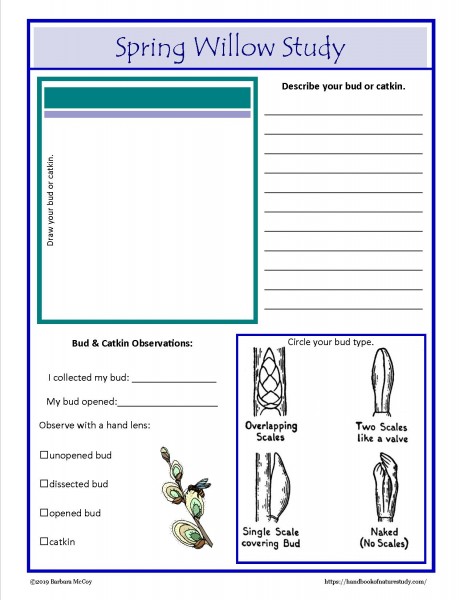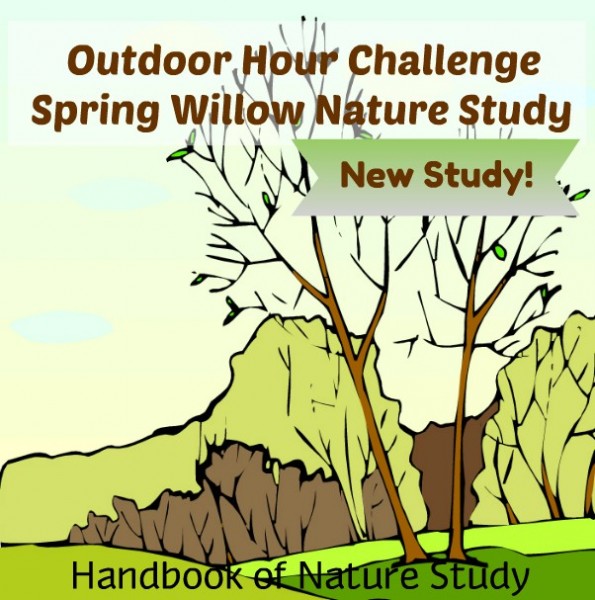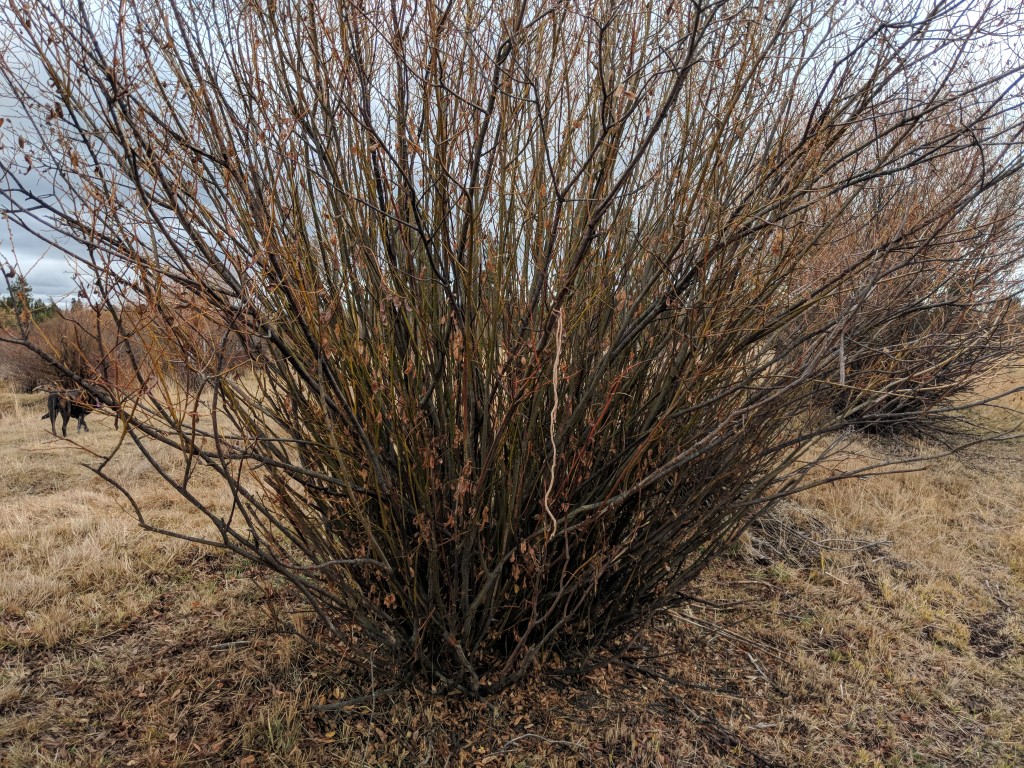Don’t panic! I know that many of us have a fear of drawing and the idea of teaching our children to draw makes us anxious! Please give this Outdoor Hour Challenge a try alongside your children. There are plenty of suggestions and a link to a fabulous website of tutorials in the original challenge to make this week’s nature study a complete success.
Keep it simple and if you have any trouble, be patient with yourself. Remember the flower parts that we learned about in the second challenge in this series? Keep those in mind as you look at your flower and try to create a simple sketch in your nature journal.
If you’d like to look for a couple of books at your library, here are two that I really enjoy and they’re appropriate for children of all ages.
I wrote a blog entry a few years ago with a few simple tips to encourage moms who don’t think they can draw. I hope you’ll find some inspiration here if you’re one of those moms:
3 Tips for Nature Journaling When You Think You Can’t Sketch
Link to the Archive Outdoor Hour Challenge –
Focus on Garden Flowers #4 How to Draw Flowers
We’re continuing to work through the Garden Flower and Plants ebook over the next few weeks. If you own this ebook or have access to it in your Ultimate Naturalist Library, you’ll want to get it out and read the first few pages. It outlines how the ten week series of garden challenges work together and can be done in any order that makes sense to your family. The ebook has planning pages as you choose, observe, and then learn more about each garden flower you study.
If you’d like to purchase a membership so you have all of the challenges at your fingertips and the custom notebooking pages too, click over to read all the details and download a sample: Garden Flower and Plant Challenges.
If you’re looking for a more thorough and inspirational book on nature journaling to use with your family, I highly recommend The Laws Guide to Nature Drawing and Journaling. You can read my detailed review here on my blog: The Laws Guide to Nature Drawing and Journaling.




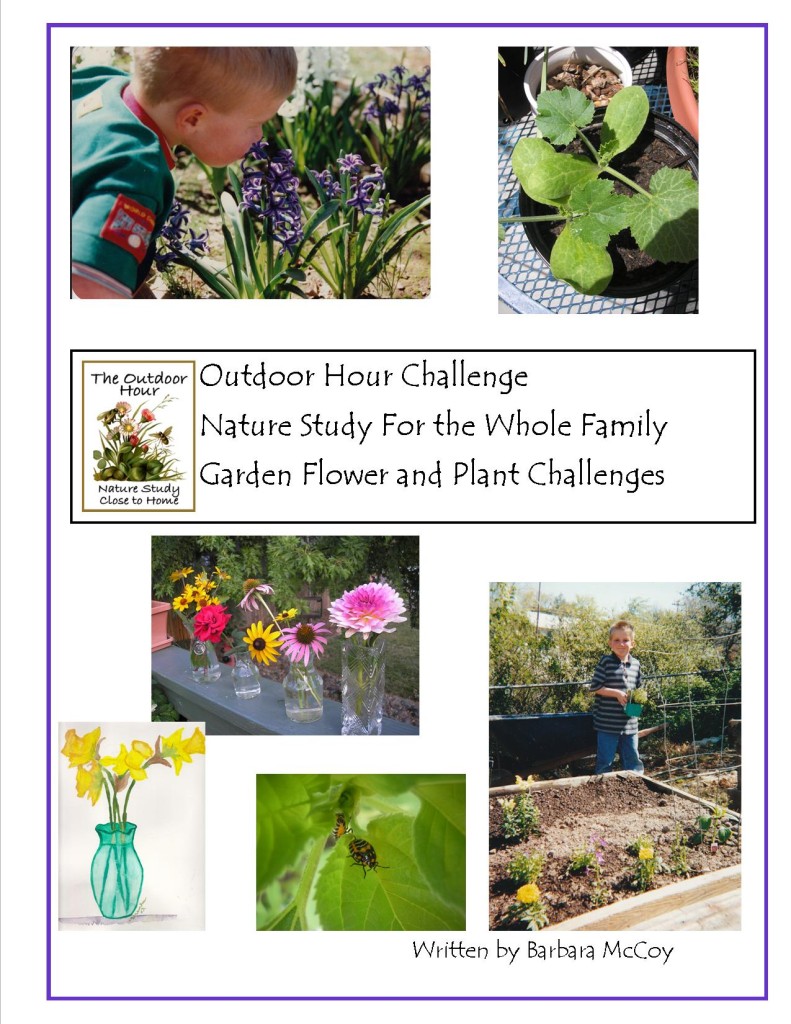

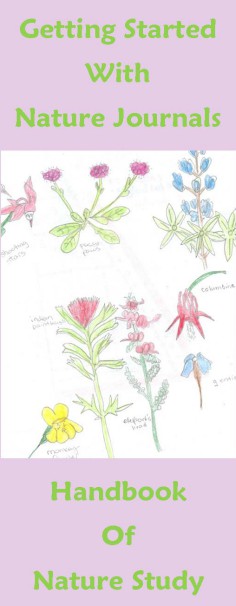
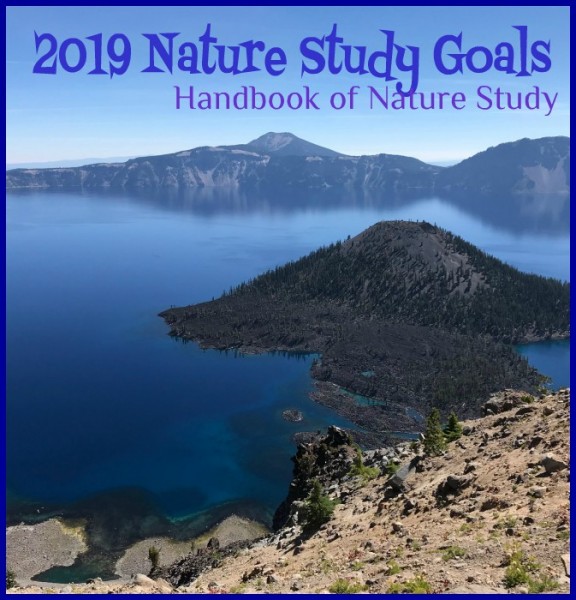
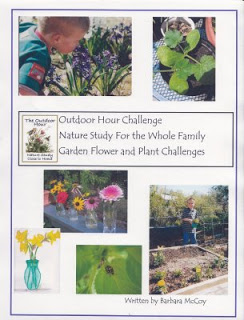

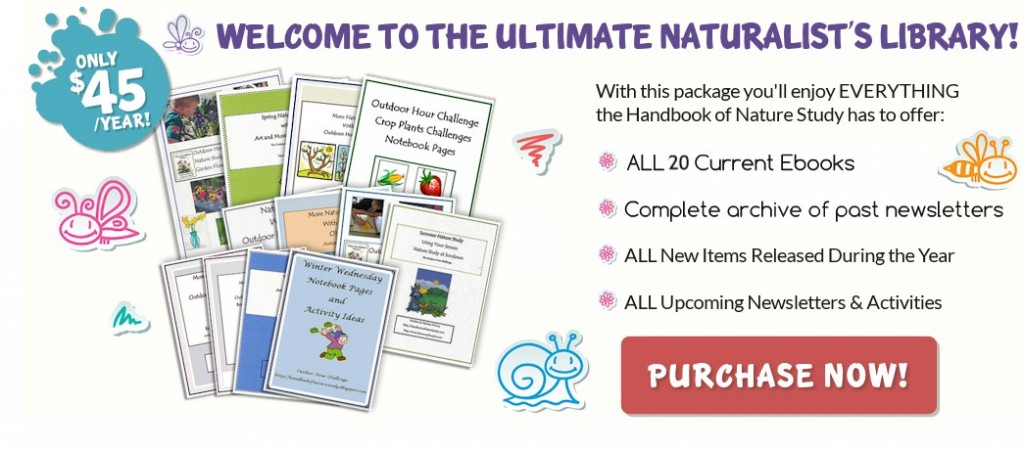




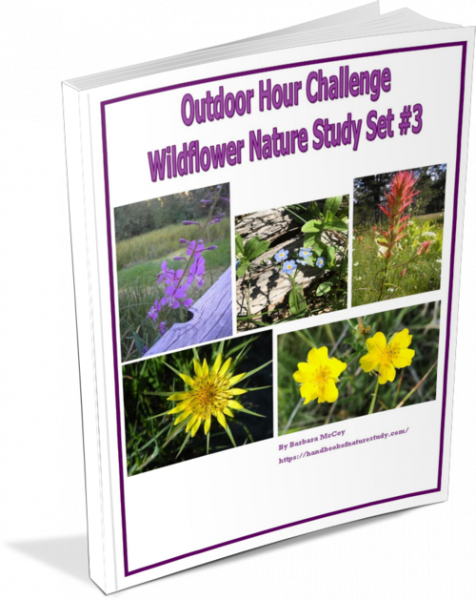

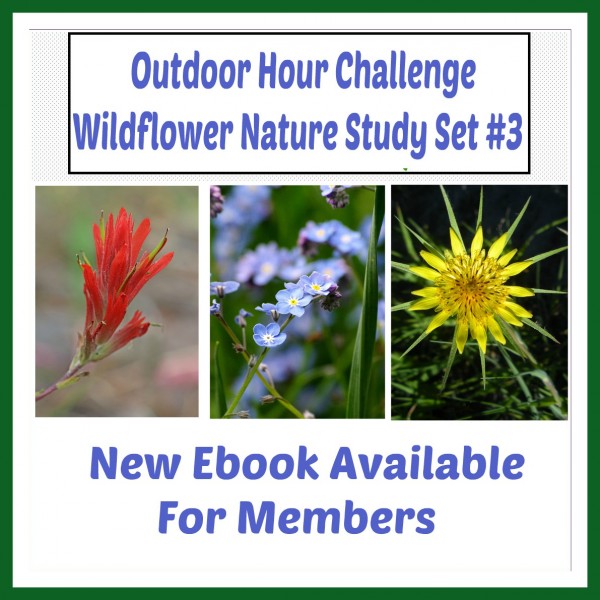




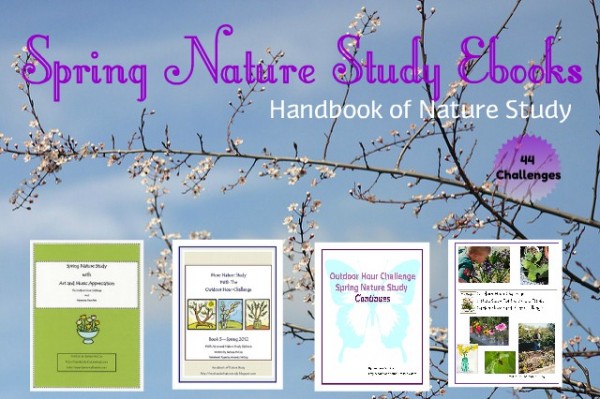

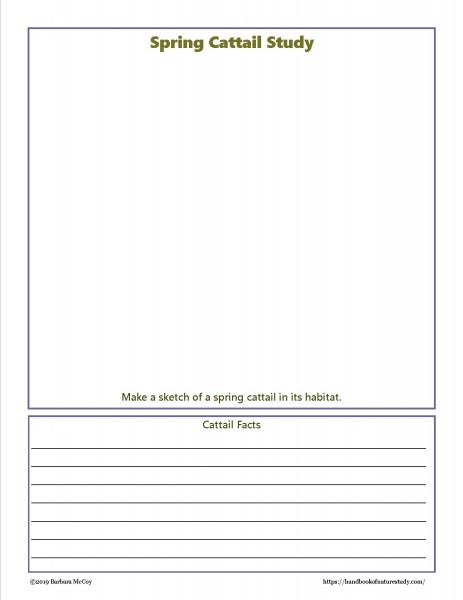 If you’re a member here on the Handbook of Nature Study, there’s a notebook page you can use to record your spring cattail nature study observations listed in the printables section of your membership.
If you’re a member here on the Handbook of Nature Study, there’s a notebook page you can use to record your spring cattail nature study observations listed in the printables section of your membership.